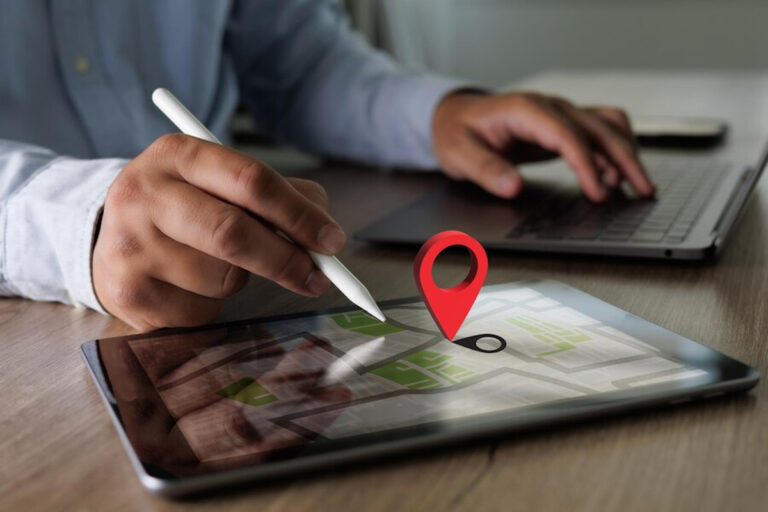Revolutionary innovations in their time, GPS trackers are booming at the moment. Due to a possible coupling with smartphone applications, they have contributed to shaking up our relationship with security by allowing us to geolocate our suitcases during our trips, or our pets during our walks. But how do these little technological marvels work? Explanations.

The GPS tracker, a device capable of receiving satellite signals
The operation of a GPS tracker is based first on the reception of signals, emitted by the many satellites orbiting the Earth. The tracker will capture these signals thanks to a GPS chip and an antenna that will have been previously integrated into it. It should be noted that the antenna must imperatively be placed on the upper side of the housing for optimal reception of satellite waves.
To function properly, the tracker must, at a minimum, capture signals from at least 3 satellites in direct view to be able to determine its position. The more it captures, the more precise the geolocation. This is the same triangulation system that is used by sailors to locate their position on a map, but more sophisticated! To discover the various applications of this technique, you can consult the PAJ website or that any other manufacturer of the latest GPS.
A GPS tracker works by using these signals to calculate its position
Once the satellite signals are received, the GPS tracker uses an advanced mathematical algorithm to calculate its precise position in longitude, latitude, and altitude. The chip analyzes the billions of bits of information received to extract useful data. It then precisely measures the time taken for the signals to arrive from the different satellites and deduces the exact distance separating it from each of them.
A bit of sophisticated trigonometry then allows him to cross-reference this information and determine his location in three dimensions to within a few meters. And it is based on this age-old system that new technologies are born every day that are about to revolutionize our daily lives. It would seem that human beings invent very few things: they spend their time taking inspiration from what has already been done, and improving it!
Secure data transmission
However, the GPS tracker’s mission is not yet over. It must also manage to transmit the position thus calculated. To do this, it uses 4G cellular networks via its integrated SIM chip. The data is encrypted and sent securely to a dedicated server, then retransmitted to the mobile application or website that allows you to view the position in real-time.
This is how you can watch your dog’s movements in real time using your smartphone application, thanks to the GPS tracker located in its collar! You are reassured, you can breathe. In the hectic world in which we live, it is always useful to be able to count on this technology capable of informing us about the situation of our property and our most vulnerable loved ones.

















